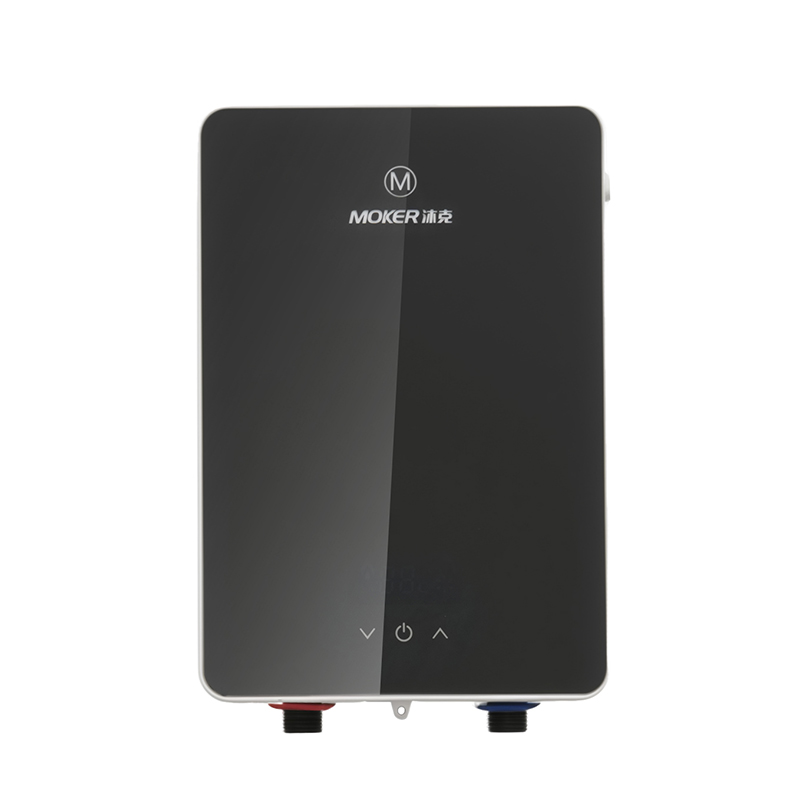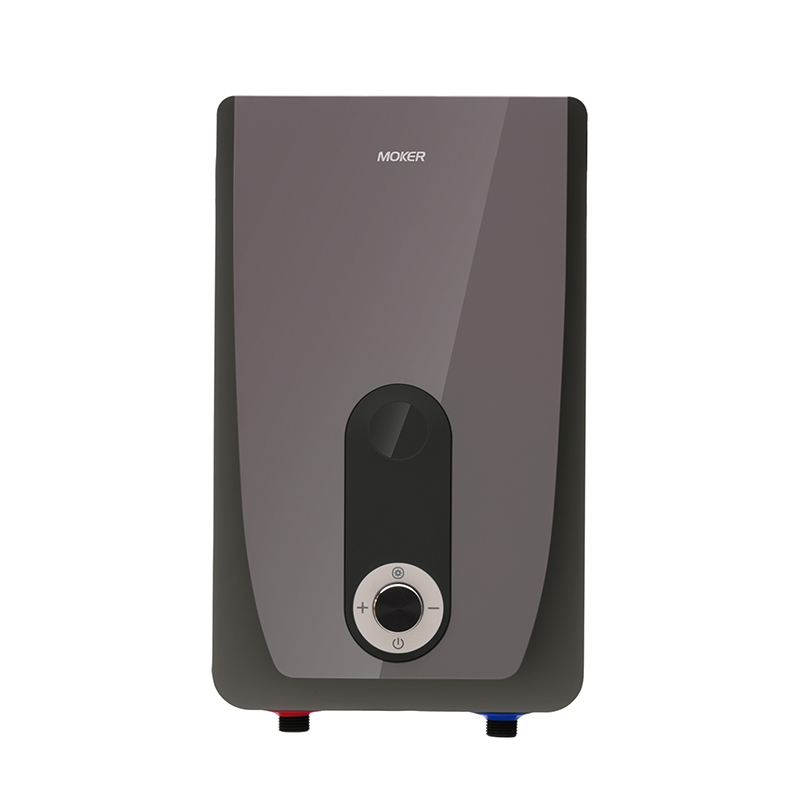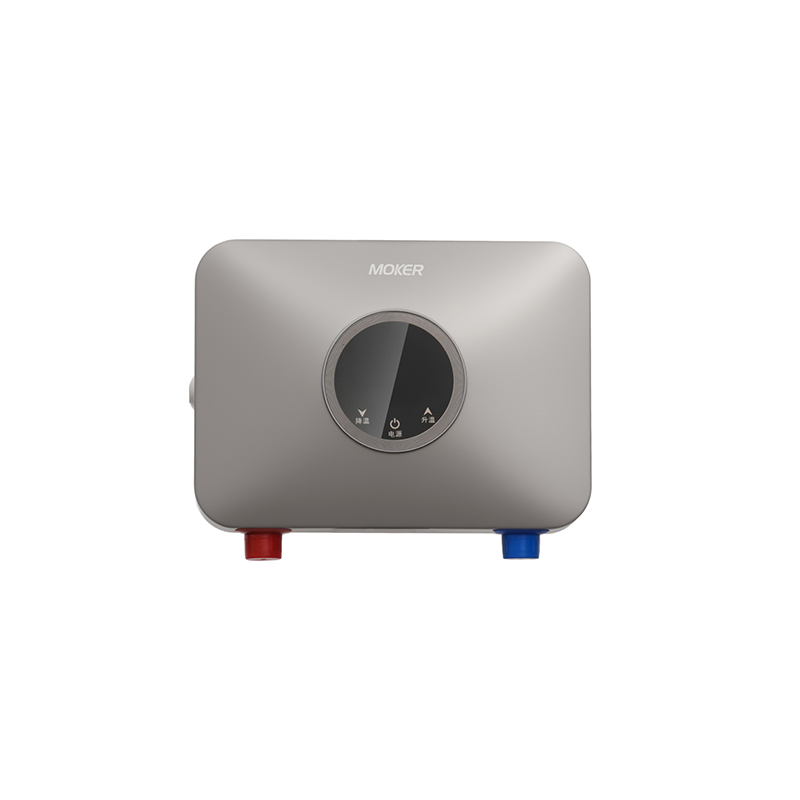Voltage Fluctuation Adaptability of Different Water Heaters
Voltage fluctuation adaptability refers to water heater’s ability to maintain performance or avoid damage when faced with unstable electrical supply—common issues like brownouts (voltage drop to 180–200V), surges (voltage spike to 240–270V), or brief power outages. This adaptability is critical in regions with unreliable grids, as poor tolerance can lead to component burnout, data loss (for smart models), or permanent unit failure. Electric water heater, Tankless Water Heater (electric variants), Instant water heater, electric tankless water heater, and instantaneous water heater electric each have distinct voltage adaptation traits, shaped by their electrical components and protective designs.
Electric water heater has moderate voltage adaptability, with basic built-in protection. Most Electric water heater models operate on standard 240V circuits and can tolerate minor voltage fluctuations (±10% of rated voltage, or 216–264V). When voltage drops below 216V, Electric water heater’s heating elements reduce power output—this slows water heating but avoids damage. When voltage spikes above 264V, Electric water heater’s thermal cut-off switch activates, disconnecting power to prevent element burnout. However, Electric water heater lacks advanced voltage regulation: prolonged brownouts (over 2 hours) can leave stored water unheated, while severe surges (above 300V) may damage internal wiring even with cut-off switches. For power outages, Electric water heater retains hot water in its insulated tank for 6–12 hours (depending on insulation quality) but cannot heat new water until power resumes. No additional voltage protection is required for Electric water heater in stable grids, but surge protectors are recommended in high-surge regions.
Electric Tankless Water Heater (a subset of Tankless Water Heater) has high voltage adaptability, with active regulation. Electric Tankless Water Heater models (part of the broader Tankless Water Heater category) feature built-in voltage regulators that stabilize input power between 190–260V. These regulators adjust current flow to heating elements in real time: during brownouts, Electric Tankless Water Heater reduces element wattage gradually to maintain consistent (though slightly lower) hot water temperature; during surges, it limits current to prevent overheating. Electric Tankless Water Heater also includes surge arrestors (components that divert excess voltage to ground) to handle spikes up to 600V. For power outages, Electric Tankless Water Heater stops heating immediately but resumes normal operation within 10 seconds of power restoration—no manual reset needed. Unlike gas Tankless Water Heater (which has no electrical dependency beyond controls), Electric Tankless Water Heater’s adaptability is critical to its function, as its heating relies entirely on stable voltage.
Instant water heater has low to moderate voltage adaptability, with minimal protection. Instant water heater models (mostly 120V or 240V) tolerate only small voltage fluctuations (±5% of rated voltage, or 114–126V for 120V units). When voltage drops below 114V, Instant water heater’s elements may not heat enough to reach set temperatures, resulting in lukewarm water. When voltage spikes above 126V, Instant water heater’s simple fuse may blow (requiring replacement) to protect elements. Instant water heater lacks voltage regulators or surge arrestors—budget models often have no protection beyond basic fuses. For power outages, Instant water heater loses all functionality and requires manual reactivation (turning the unit off and on) after power returns, as its small control board may retain a fault code. In regions with frequent fluctuations, Instant water heater benefits from plug-in surge protectors, though these do not resolve brownout-related performance issues.
Electric tankless water heater has balanced voltage adaptability, combining regulation and protection. electric tankless water heater operates on 240V circuits and includes semi-active voltage regulation: it can adjust to voltage ranges of 200–250V, maintaining heating performance within ±2°F of set temperature during minor fluctuations. For larger drops (180–200V), electric tankless water heater reduces flow rate slightly to keep water temperature stable (e.g., from 2.5 GPM to 2.0 GPM). It also has built-in surge protection (up to 500V) to shield its electronic control board and elements. During power outages, electric tankless water heater resets automatically upon power restoration, with no need for manual intervention, and retains user settings (like temperature presets) in non-volatile memory. Unlike Instant water heater, electric tankless water heater does not require external surge protectors, though they are recommended for grids with extreme spikes.
Instantaneous water heater electric has low voltage adaptability, with minimal tolerance for fluctuations. instantaneous water heater electric (mostly 120V, low-wattage models) can only handle voltage within 115–125V—even a 5V drop below 115V causes its micro-coil to produce insufficient heat, resulting in cold water. Voltage spikes above 125V often damage its small circuit board, as it lacks surge protection or fuses in many cases. For power outages, instantaneous water heater electric requires full reset (unplugging and replugging) to resume operation, and may lose temperature settings. Due to its compact design, there is no space to add voltage regulators or surge protectors internally—users must rely on external plug-in protectors, which only mitigate surge risks, not brownouts. instantaneous water heater electric is best suited for regions with highly stable grids, as it cannot adapt to even moderate voltage changes.
Voltage adaptability aligns with water heater’s electrical complexity: Electric Tankless Water Heater and electric tankless water heater offer the strongest protection and regulation, followed by Electric water heater, while Instant water heater and instantaneous water heater electric have minimal tolerance. Choosing a water heater based on local grid stability ensures consistent performance—e.g., Electric Tankless Water Heater for fluctuating regions, instantaneous water heater electric only for areas with reliable voltage. This adaptability directly impacts long-term reliability, reducing repair costs from voltage-related damage.





